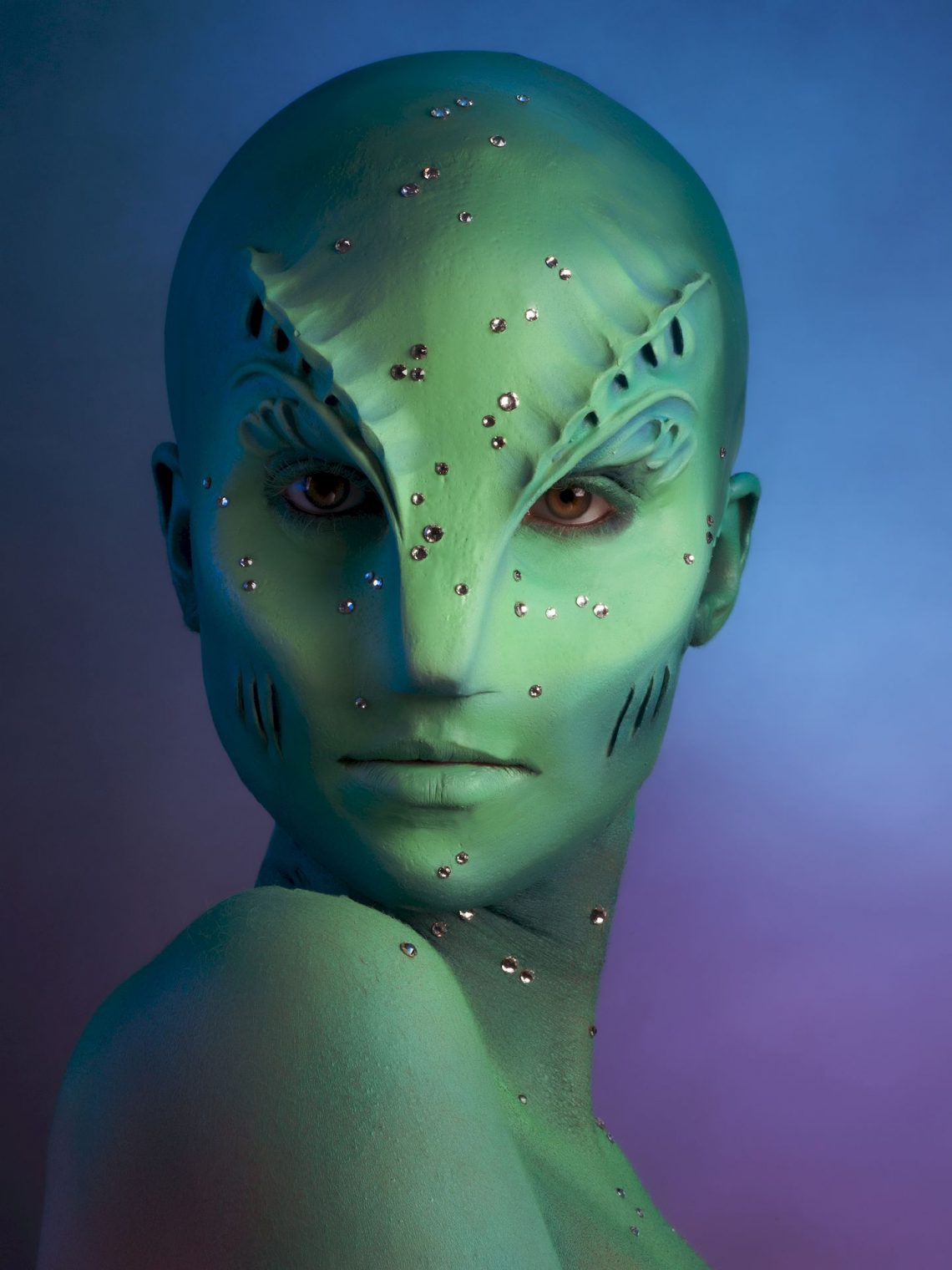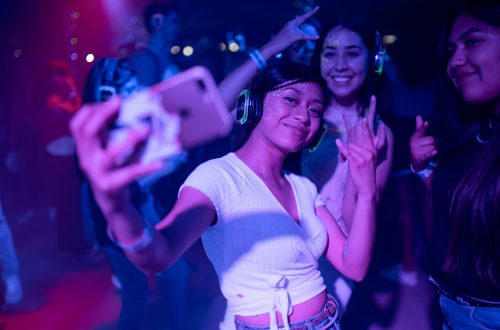
The Difference Between Makeup & Special Effects Makeup Application
The power of makeup, especially within film, TV, and theatre productions, is nearly limitless in the results it can achieve. While it can be used to enhance the natural features of an actor or enhance their beauty, it can also be used to create an outer-worldly, inhuman, scary, or beat-up version of themselves. The former and latter applications of makeup mark the key difference between conventional and special effects makeup applications.
While there is some overlap between these two types of makeup application types, there are distinct differences of which any aspiring (or current) makeup artists should be aware.
Roles & Responsibilities
The primary difference between a conventional and special effects makeup artist is while the former is typically meant to beautify or enhance an actor’s natural features, the latter typically spends their time doing the opposite. Special effects makeup artists will spend much of their time on the sets of films, television shows, or theatre productions using tools to create the appearance of bruises, cuts, blood, old age, deformities, amongst other gruesome or cosmetic effects.
While computer-generated special effects play a big role in the production of movies and television shows, special effects makeup artists provide a nuanced touch to the appearance of the actors to seamlessly connect reality with digital reality. As such, while conventional makeup artists will typically only liaise with the costume designer, special effects makeup artists likely interact largely with both the costume and special effects departments.
Skills & Education
Much of the overlap between special effects and conventional makeup artists exists within the field of education. Special effects makeup artists must have a firm handle based on makeup, including application, cosmetology as well as an extensive knowledge of makeup materials and application tools.
Differences come into play when it comes to materials. Special effects makeup artists will also need to possess proficient knowledge of latex, rubber, fake blood and other elements of makeup design that are traditionally used to create realistic-looking prosthetics. Similar, however, to convention makeup artists, their special effects counterparts require excellent communication and interpersonal skills. As their clients will likely be sat in their chair for hours on end, having prosthetics and other elements applied to transform them, these artists need to be able to effectively communicate the process, as well as be able to carry a conversation!
Career Expectations
Special effects makeup artists have worked their magic on the sets of stage productions, and more recently, film and television sets for decades, acting as the driving force that suspends reality and creates an immersive and realistic entertainment experience. While these makeup artists largely find themselves on the sets of horror or science-fiction productions, their skills have been employed in productions that involve anything from a character getting a black eye, to aging a significant number of years, to transforming into a fantastical creature and even changing gender.
While a large part of the job of a special effects makeup artist involves making clients feel comfortable while sitting in the makeup chair for many hours, and dealing with long hours on set, the ultimate expectation of these artists is to transform fiction into reality.
Undoubtedly, there are merits to both conventional and special effects makeup design, both of which play integral roles within the entertainment industry. If, however, you’re interested in taking your makeup application skills to the next level, or have a passion for stretching the limits of your creativity and imagination, a career in special effects makeup may be for you.




